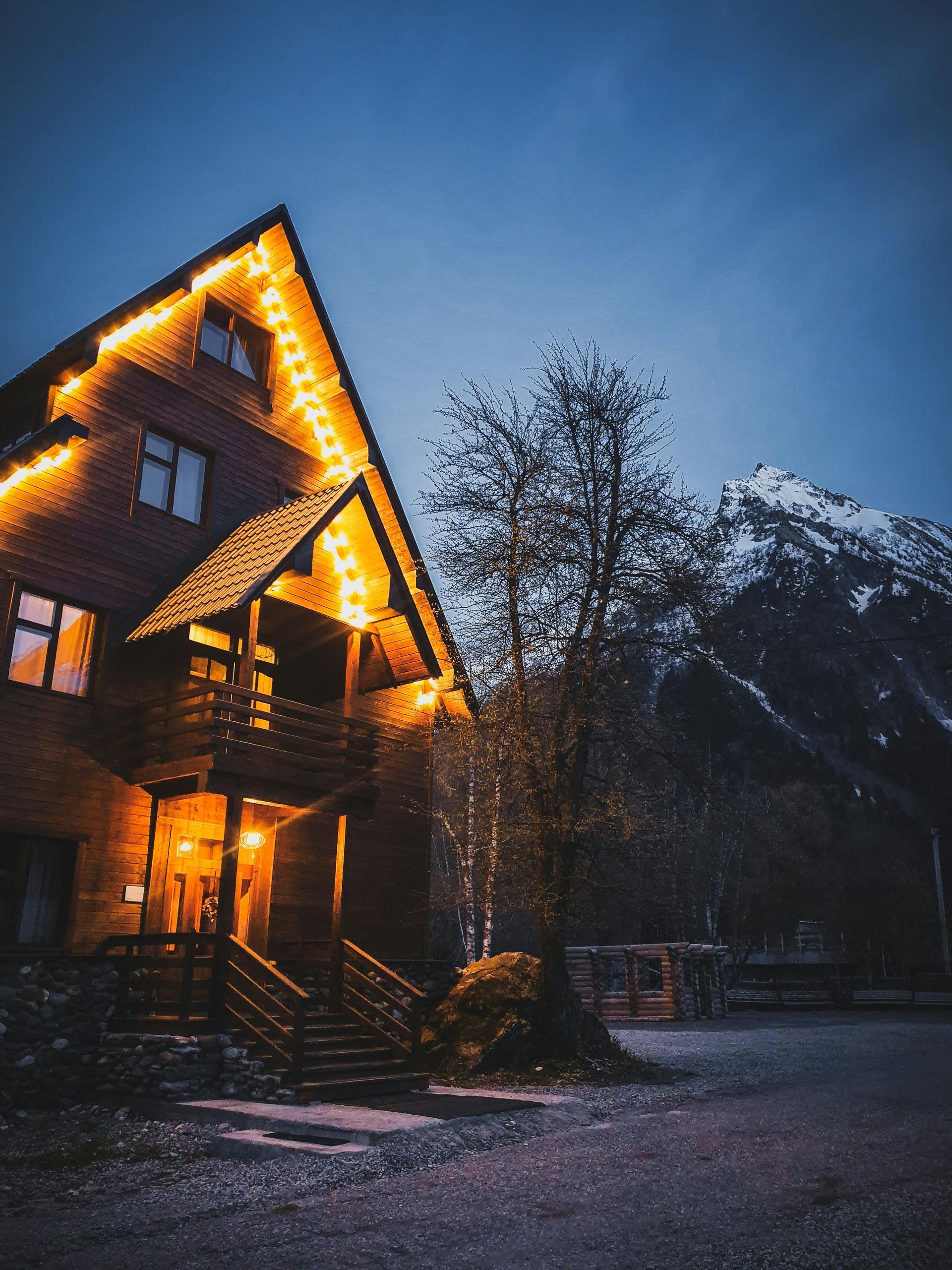The Roofing Timeline: Decoding Life Expectancies for Every Roof Type
The Roofing Timeline: Decoding Life Expectancies for Every Roof Type
As a homeowner, understanding the life span of your roof is crucial for maintaining your home's value and protecting your investment. While many sources provide basic information about roof longevity, this guide delves deeper, offering insights that are often overlooked. Let's explore the life span of various residential roof types, backed by real statistics and lesser-known facts.
Asphalt Shingles
Standard Life Span: 20-30 years According to the National Association of Home Builders (NAHB), asphalt shingles typically last 20-30 years. However, a study by the National Roofing Contractors Association (NRCA) found that actual life spans can vary by up to 40% based on local climate conditions.
Lesser-Known Fact: The color of your shingles can affect their lifespan. A study published in the Journal of Building Physics found that lighter-colored shingles can last up to 10% longer in hot climates due to their ability to reflect more sunlight.
Metal Roofing
Standard Life Span: 40-70 years The Metal Roofing Alliance states that metal roofs can last 40-70 years. However, what's often not mentioned is that the type of metal significantly impacts longevity.
Lesser-Known Fact: A study in the Journal of Construction Engineering and Management found that zinc and copper roofs can last over 100 years with proper maintenance, outlasting even the most durable asphalt shingles by decades.
Clay and Concrete Tiles
Standard Life Span: 50-100 years The Tile Roofing Industry Alliance reports that clay and concrete tiles can last 50-100 years. However, this longevity comes with a caveat.
Lesser-Known Fact: While the tiles themselves are extremely durable, the underlayment typically needs replacement every 20-40 years. Failing to replace the underlayment can lead to leaks despite the tiles remaining intact.
Slate Roofing
Standard Life Span: 75-200 years The National Slate Association states that slate roofs can last anywhere from 75 to 200 years. However, this vast range can be confusing for homeowners.
Lesser-Known Fact: The quality of the slate significantly impacts longevity. A study by the Slate Roofing Contractors Association found that high-quality, hard slate from quarries in Vermont or New York can last over 150 years, while softer slate from other regions may only last 50-125 years.
Wood Shakes and Shingles
Standard Life Span: 20-40 years The Cedar Shake and Shingle Bureau reports a lifespan of 20-40 years for wood roofing. However, this can be highly variable.
Lesser-Known Fact: A study in the Forest Products Journal found that cedar shakes treated with chromated copper arsenate can last up to 60 years, nearly doubling the lifespan of untreated shakes.
Synthetic Roofing Materials
Standard Life Span: 40-50 years Synthetic roofing materials, designed to mimic natural materials, are relatively new to the market. Manufacturers often claim lifespans of 40-50 years.
Lesser-Known Fact: Because these materials are relatively new, long-term performance data is limited. A study by the Cool Roof Rating Council found that some synthetic materials can degrade up to 30% faster than predicted in extreme climate conditions.
Factors Affecting Roof Lifespan
While the type of roofing material is crucial, several other factors significantly impact a roof's longevity:
- Climate: The U.S. Department of Energy reports that UV radiation can degrade roofing materials up to 50% faster in high-altitude or equatorial regions.
- Roof Pitch: A study in the Journal of Performance of Constructed Facilities found that roofs with a pitch greater than 4/12 tend to last 20-25% longer than low-slope roofs due to better water shedding.
- Ventilation: The NRCA states that proper attic ventilation can extend roof life by up to 25%. Poor ventilation can lead to heat and moisture buildup, accelerating shingle deterioration.
- Installation Quality: A survey by the Quality Assurance Inspectors Association found that up to 40% of new roofs have installation defects that could reduce their lifespan.
- Maintenance: Regular maintenance can significantly extend a roof's life. The International Association of Certified Home Inspectors reports that proactive maintenance can add 10-15 years to a roof's lifespan.
Making Informed Decisions
Understanding these factors can help you make more informed decisions about your roof. Whether you're choosing materials for a new roof or maintaining an existing one, consider the long-term implications of your choices.
For homeowners seeking expert guidance on roof longevity and maintenance, Graduate Contracting offers comprehensive assessments and tailored advice. Their experienced team can help you understand the specific factors affecting your roof's lifespan and develop strategies to maximize its durability.
Remember, while the type of roofing material sets a baseline for longevity, proper installation, regular maintenance, and addressing environmental factors can significantly extend your roof's life. By considering these often-overlooked aspects, you can ensure that your roof provides reliable protection for your home for years to come.


